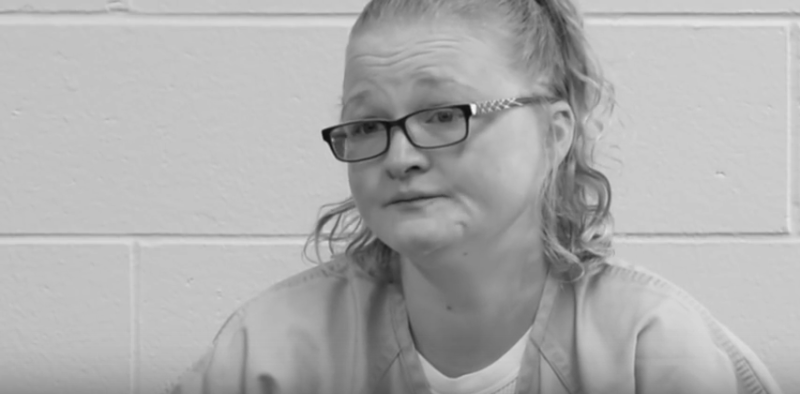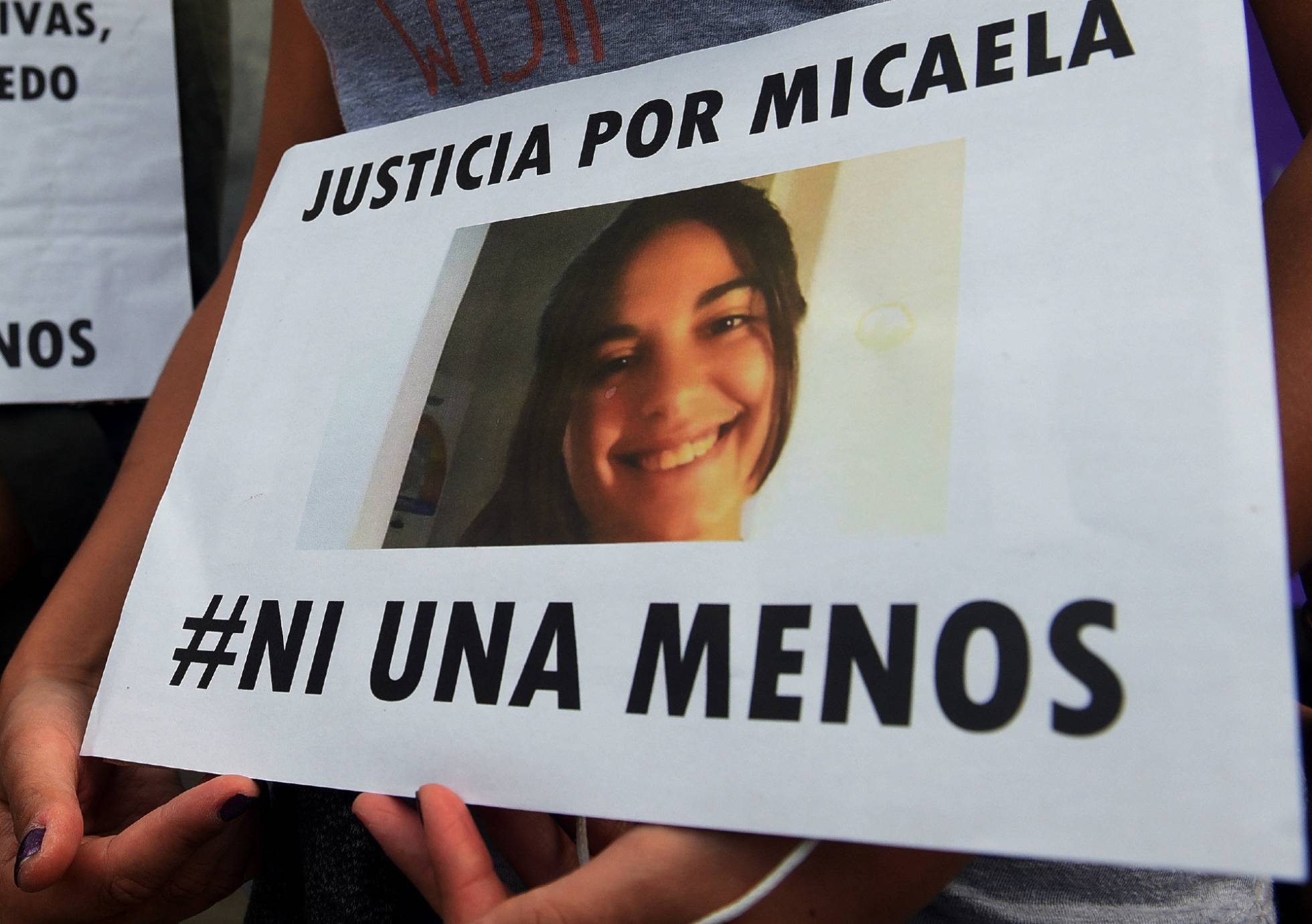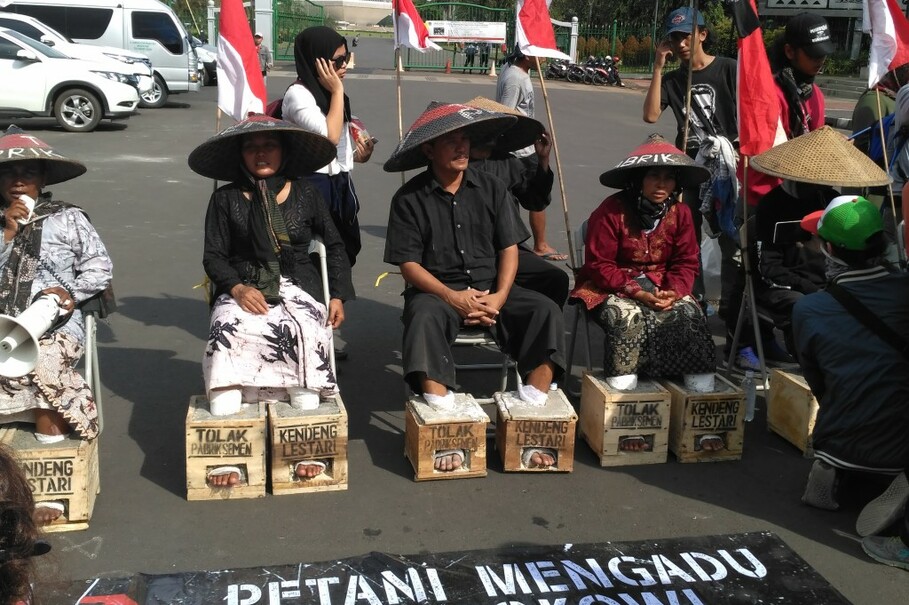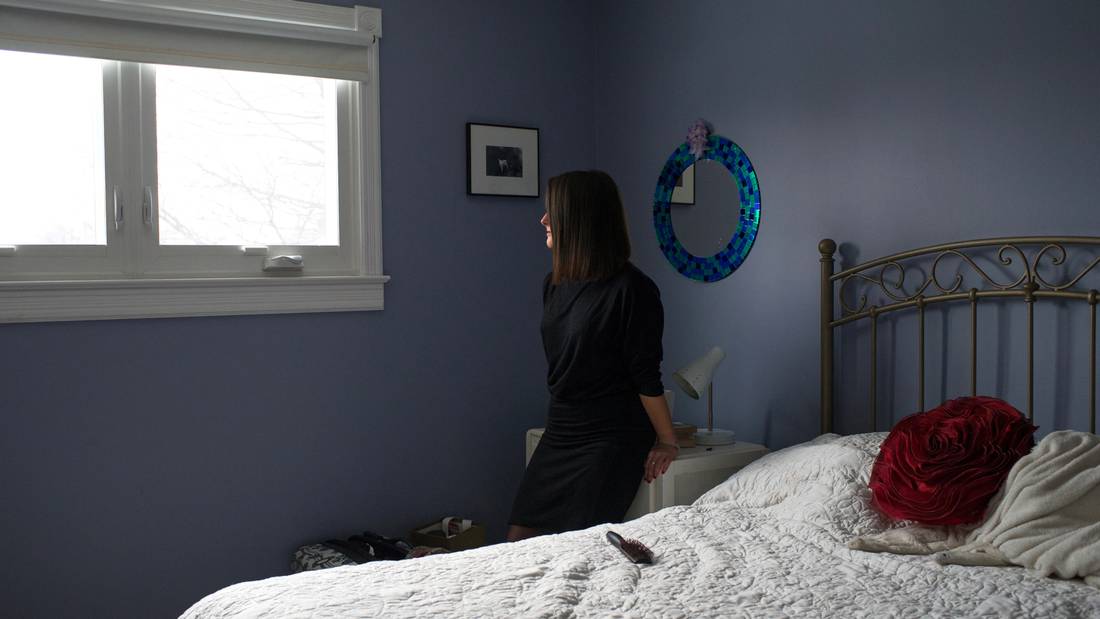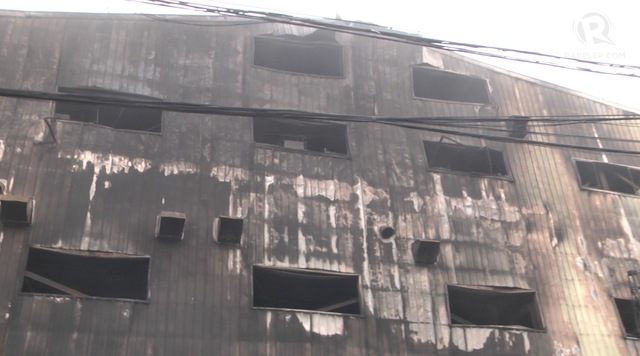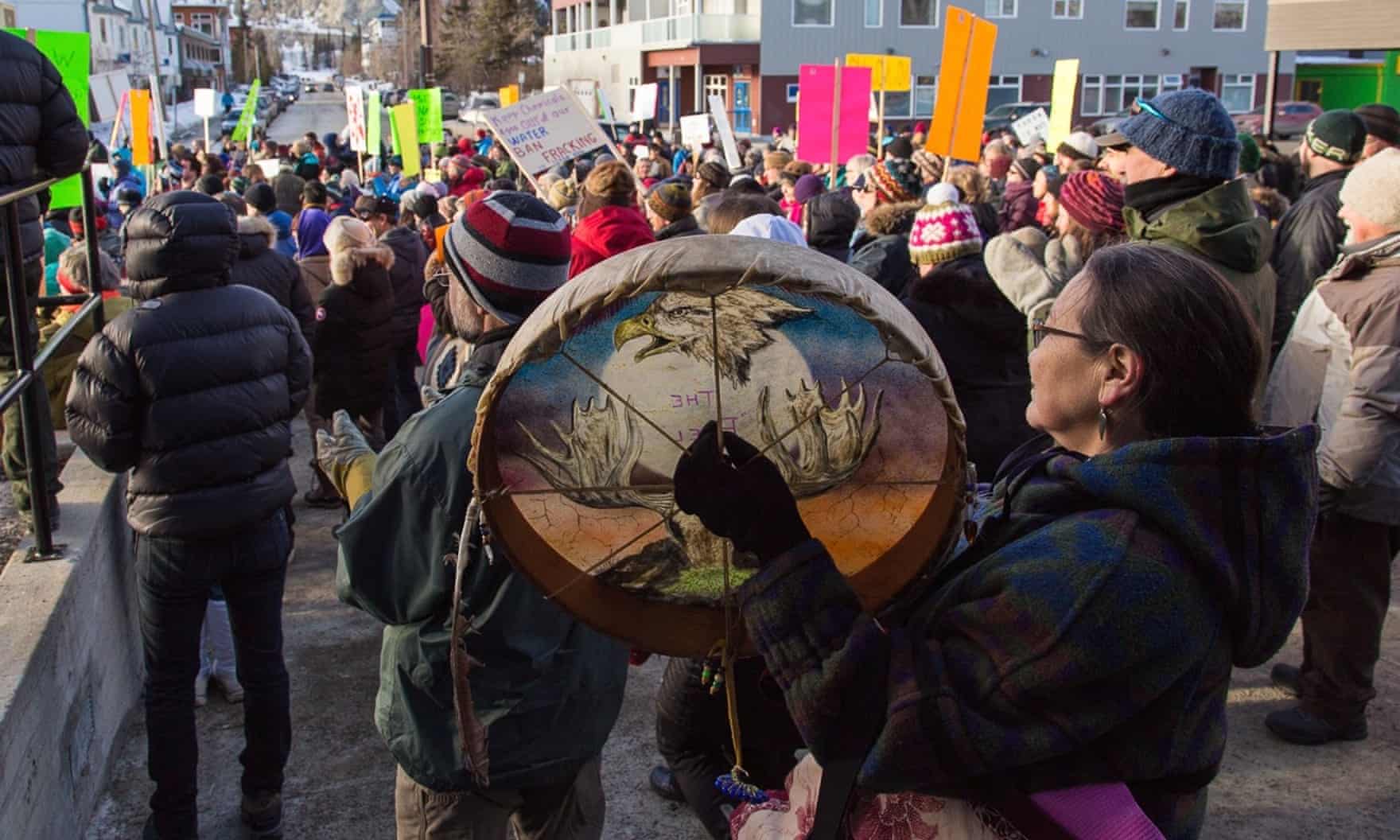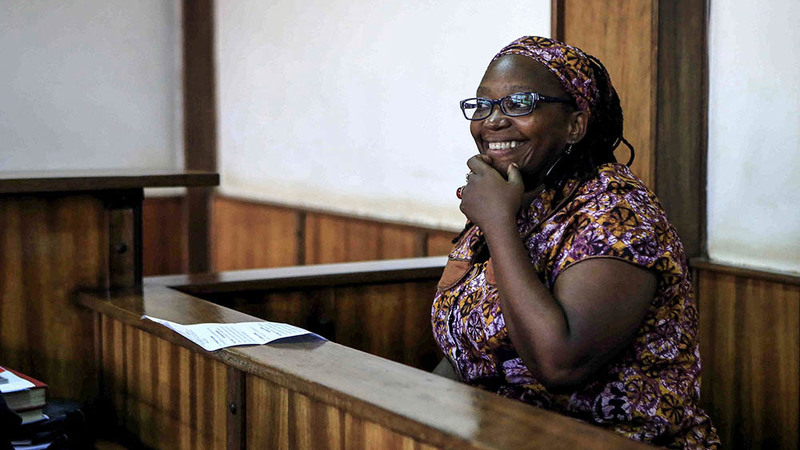
On Friday, April 7, Ugandan queer and women’s rights feminist activist and founder of the Pads4girls campaign Stella Nyanzi was arrested for a Facebook post in which she referred to Uganda’s President Yoweri Muzeveni as a “pair of buttocks.” For that, Stella Nyanzi was charged with cyber harassment and infringing on the President’s freedom of speech and expression. Formally charged on April 10, Stella Nyanzi was promptly transported to Luzira Maximum Security Prison, where she awaits her trial, April 25. Stella Nyanzi’s Facebook post was part of an ongoing campaign to get the President and his Minister of Education, Janet Museveni, also the First Lady, to live up to their election campaign promises to create real budget lines for sanitary napkins for school girls. To no one’s surprise, once the election season was over, the promises disappeared into a welter of budgetary fog. The surprise was Stella Nyanzi, who decided that this was unacceptable and took up the gauntlet. Since being dumped in prison, the government has tried to force Stella Nyanzi to undergo psychiatric examinations, which she has resisted. There was no mad woman in the attic in Amherst, and there is no mad woman in that prison cell in Luzira, but there is a woman in Luzira who is righteously furious. As Ugandans have noted, Stella Nyanzi’s treatment is an abuse of everybody’s freedom and should be worrying everyone … and not only in Uganda, but does it? Where is the global outrage at Uganda’s abuse Stella Nyanzi? Somewhere just below the global outrage at the lack of concern for school going girls.
Since Stella Nyanzi’s arrest, and for weeks before, the Ugandan press has been awash with news reports, analyses, commentaries and general commentary. Beyond Uganda, however, the formal press has been fairly quiet. Usual suspects, such as Amnesty, have mobilized, and supporters have organized an on-line #FreeStellaNyanzi campaign. But the news media itself has treated the whole affair as one-off. The New York Times, The Washington Post, The Guardian, the BBC, the Mail & Guardian have each, respectively, run one original article on the situation, relying on Reuters and AP for anything else. Al Jazeera has run three, mostly made up of other sources but also their own. Just today, The East African finally caught up with Stella Nyanzi.
While there is a personal drama taking place among Stella Nyanzi and Uganda’s First Family, the imprisonment and subsequent attempt at a psychiatric analysis should worry everyone. In Uganda, supporters, and even detractors, understand that the arrest and imprisonment of Stella Nyanzi threatens to criminalize speech, expression and thought. They understand that as a violation of the 1995 Constitution. The attempt to force a psychiatric examination on Stella Nyanzi was `justified’ by the Mental Treatment Act, “inherited from … colonial masters at a time where persons with mental disabilities were looked at by the law as of no value, with no place in the community. They were seen as ‘objects’ whose only place was a mental asylum where they would be subjected to perpetual suffering. Persons with mental disabilities were, at all times, considered dangerous to themselves and the community.” The application of the Mental Treatment Act against Stella Nyanzi is worrisome because it is an abuse of Stella Nyanzi’s rights and person, and, equally, because it is an attempt to return Uganda to colonial days. By applying the Mental Treatment Act to control and suppress Stella Nyanzi, the State hopes to make Uganda great again. From Uganda to the United States, the line is short and direct.
The general global news media quiet concerning Stella Nyanzi is itself disquieting. The politics of enforced silence takes many forms in many places. We should hear more from the news media concerning Stella Nyanzi, as well as the conditions of girls going to school, of women in prison, of free speech and expression, and of the right for women to be mad. What happens to Stella Nyanzi happens to all of us. For some, “Stella Nyanzi is a hero to hundreds and thousands of little girls and women who know where she is coming from, in terms of defending women’s rights to sanitary towels.” While Stella Nyanzi is both hero and champion, her circumstances are altogether ordinary, and not just in Uganda. Don’t wait until April 25 to see what happens, because it’s already happening. #FreeStellaNyanzi
(Photo Credit: Mail & Guardian / Reuters / James Akena)

